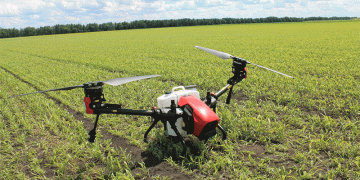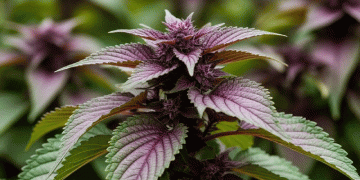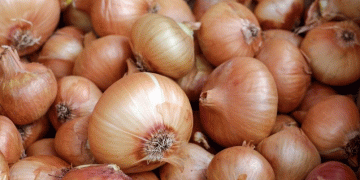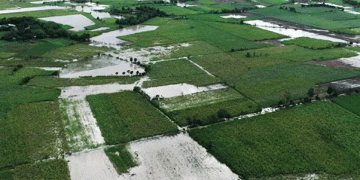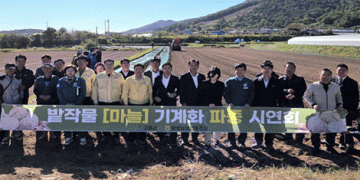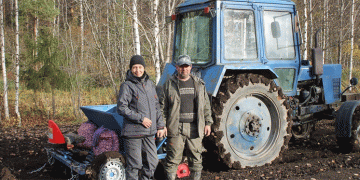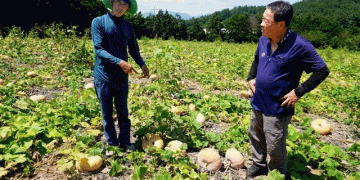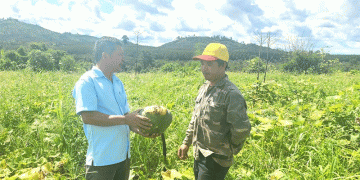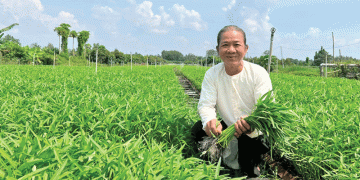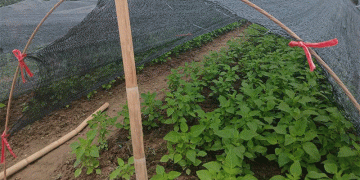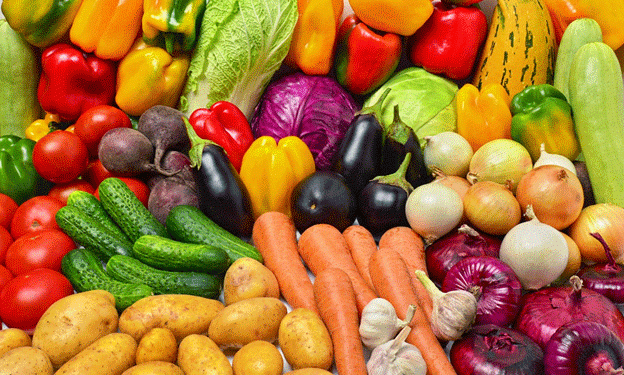Spain’s agri-food industry kicked off 2025 with impressive momentum. According to recent data published by FyH.es, based on official figures from the Spanish Ministry of Industry, Trade and Tourism, Spain’s agri-food exports reached €6.364 billion in January 2025, marking an 8% increase compared to January 2024. This robust growth pushed the sector’s trade surplus up by 9.7%, further underlining Spain’s strength as a global exporter of agricultural products.
Key Export Segments: Fruits, Vegetables, and Legumes Lead the Way
The backbone of Spain’s export growth lies in its fruit, vegetable, and legume sector, which alone accounted for €2.529 billion — an 11.4% increase over the previous year. This category represented 8.5% of Spain’s total exports for the month of January, reflecting the strong international demand for Spanish produce.
Spain’s diverse climate zones allow for year-round cultivation of key crops such as:
- Citrus fruits, particularly oranges and lemons,
- Tomatoes and peppers, which are essential in European fresh produce markets,
- Olives and legumes, known for their high quality and traditional farming methods.
According to Freshfel Europe and FAOSTAT, Spain consistently ranks as the leading exporter of fresh fruits and vegetables in the European Union, and one of the top five globally.
Trade Balance and Sector Weight in Total Exports
The agri-food sector made up 21.4% of all Spanish exports in January 2025, highlighting its strategic role in the country’s economy. In contrast, imports in the same sector accounted for only 13.5% of total purchases, totaling €4.84 billion, an increase of 7.5% from January 2024.
This growing surplus is not just a reflection of high export values — it also demonstrates Spain’s ability to maintain self-sufficiency and added value in its food chain, despite global economic uncertainties, energy costs, and logistics challenges.
What This Means for Agricultural Stakeholders
For farmers, agronomists, and agricultural engineers, Spain’s export performance offers several insights:
- Investing in quality, certification, and supply chain transparency continues to pay off in high-value export markets.
- Climate-smart agriculture is a key enabler of year-round production and global competitiveness.
- There is increasing pressure to optimize input use and water efficiency, especially in southern growing regions facing water scarcity.
These developments also suggest promising opportunities for technology providers, greenhouse solution companies, and post-harvest service providers looking to support Spain’s fast-evolving export infrastructure.
Spain’s steady increase in agri-food exports and trade surplus is a clear signal of the country’s competitive advantage in global food systems. With fruit and vegetable exports leading the charge, Spain is setting an example of how innovation, specialization, and efficient logistics can drive sustained agricultural success — even in uncertain times.



















